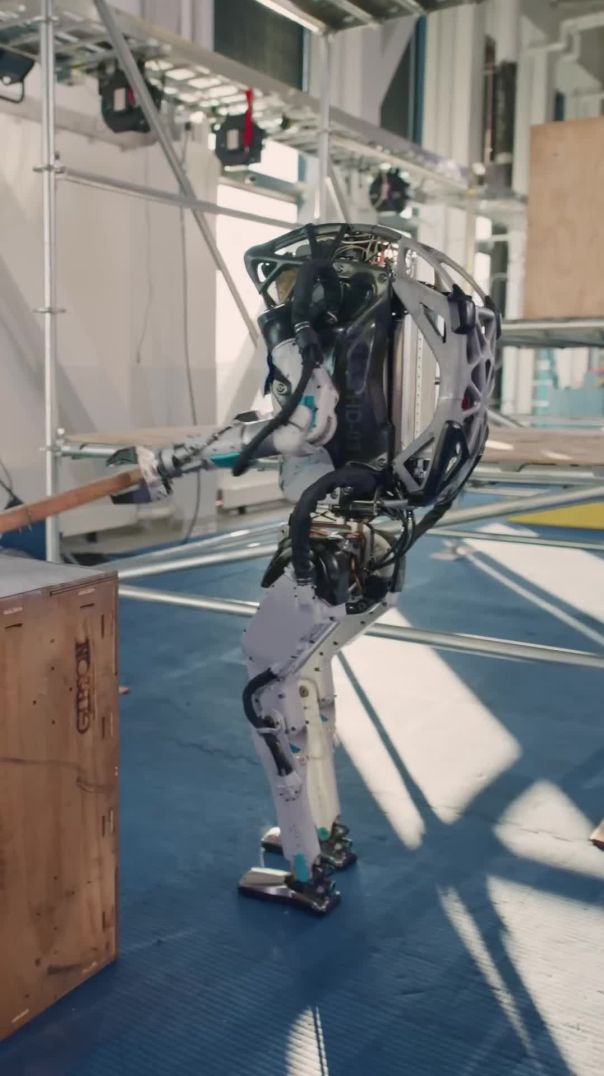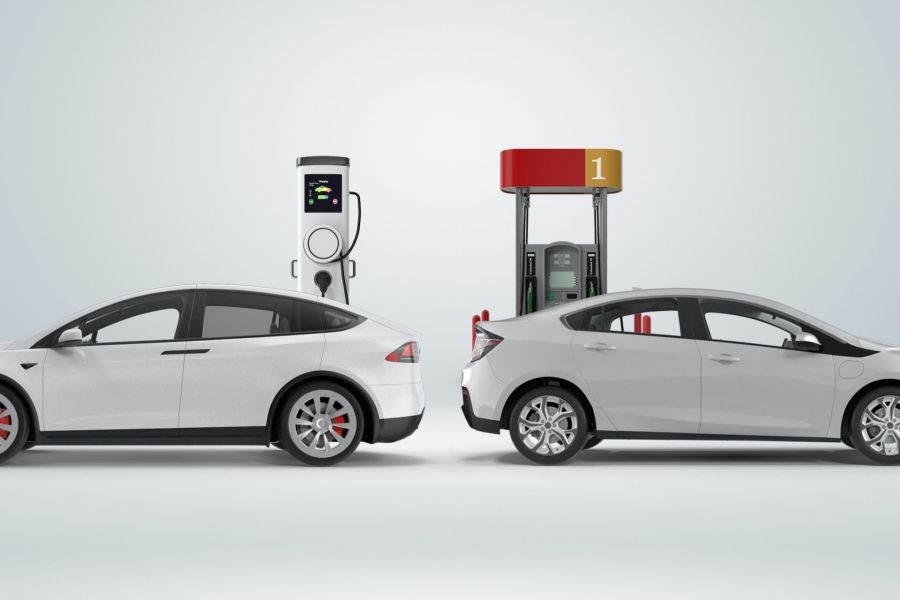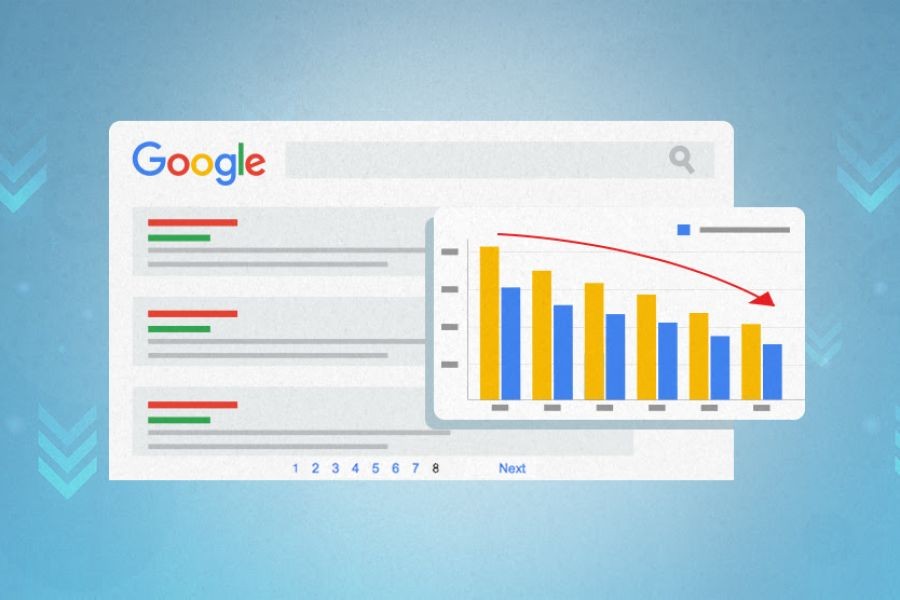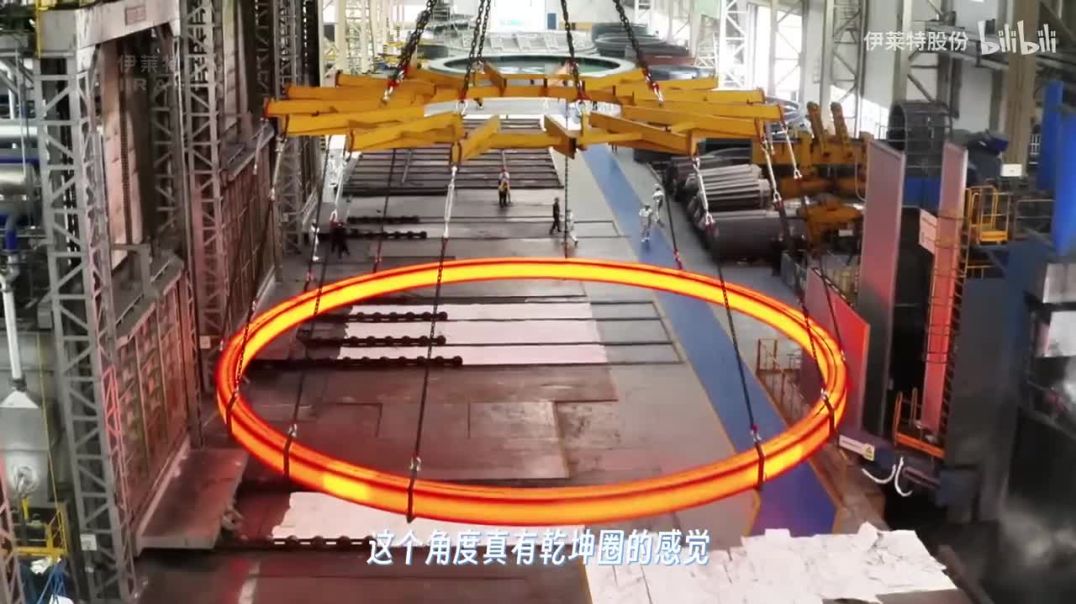Introduction
Imagine a future where Australia's vast landscapes are traversed by a fleet of silent, emission-free electric vans, revolutionizing not just how we transport goods but also how Aussies experience van life. With the global push towards sustainability, the question arises: Are electric vans the future of Australian van life? This article delves into the transformative potential of electric vans, examining the economic, environmental, and societal impacts within the Australian context. As we journey through this analysis, we'll uncover data-backed insights, industry trends, and expert opinions that paint a vivid picture of what lies ahead for electric vans down under.
The Rise of Electric Vans in Australia
Australia's automotive industry is undergoing a significant transformation. According to the Australian Bureau of Statistics (ABS), the number of electric vehicles (EVs) registered in Australia has been growing at an average annual rate of 65% since 2018. While passenger cars dominate this growth, the commercial vehicle sector, including vans, is catching up fast. The Australian government’s goal to achieve net-zero emissions by 2050 has accelerated this transition, with incentives and infrastructure investments driving the adoption of electric vans.
Economic Implications for Industries
Electric vans present substantial economic benefits for various sectors in Australia. The logistics and transportation industry, which contributes over 8% to Australia’s GDP, stands to gain the most. According to a Deloitte report, switching to electric vans can reduce operating costs by up to 30% due to lower fuel and maintenance expenses. Moreover, industries such as tourism, where van life is increasingly popular, can capitalize on the eco-friendly image that electric vans project, attracting a growing segment of environmentally conscious travelers.
Case Study: Australia Post – Leading the Charge
Problem: Australia Post, the country's largest postal service, faced increasing pressure to reduce its carbon footprint while maintaining efficient delivery services. The rising cost of fuel and maintenance for their large fleet of traditional vans was a growing concern.
Action: In response, Australia Post initiated a fleet upgrade, integrating over 200 electric delivery vehicles, including vans, across major cities. This move was supported by government grants aimed at reducing emissions in urban areas.
Result: Within the first year, Australia Post reported a 35% reduction in fleet maintenance costs and a 20% decrease in fuel expenses. Additionally, the initiative helped the company reduce its annual carbon emissions by approximately 2,000 tonnes.
Takeaway: This case study demonstrates the tangible benefits of adopting electric vans in reducing operational costs and supporting sustainability goals. Businesses in similar sectors can leverage government incentives to transition their fleets and achieve significant cost savings.
Environmental Impact and Policy Support
Electric vans align perfectly with Australia’s environmental objectives. By replacing diesel-powered vans with electric alternatives, Australia could reduce its transport emissions by over 40%, a crucial step towards meeting the country's Paris Agreement commitments. The Australian Competition & Consumer Commission (ACCC) recently highlighted the need for robust infrastructure to support this transition, including charging stations and grid enhancements.
Challenges and Considerations
Despite the promising outlook, several challenges must be addressed. The initial cost of electric vans remains a significant barrier for many businesses. Although prices are expected to decrease as technology advances and production scales up, current costs can deter small and medium enterprises (SMEs) from making the switch. Additionally, the range and charging infrastructure for electric vans need further development, particularly in regional and remote areas.
Pros and Cons of Electric Vans
Pros:
- Environmental Benefits: Significant reduction in carbon emissions.
- Operational Savings: Lower fuel and maintenance costs.
- Government Incentives: Access to grants and tax rebates.
- Brand Image: Enhances corporate social responsibility (CSR) profiles.
Cons:
- High Initial Costs: Significant upfront investment required.
- Range Limitations: Current battery technology limits long-distance travel.
- Infrastructure Gaps: Need for more widespread charging stations.
Future Trends and Predictions
The future of electric vans in Australia looks promising. By 2030, it is predicted that electric vans could comprise up to 50% of all new van sales in Australia, driven by advancements in battery technology and a more extensive charging network. Industry experts, including those from the Australian National University, forecast that as these technologies mature, the total cost of ownership for electric vans will fall below that of traditional diesel vans, making them the preferred choice for fleet operators.
Common Myths and Misconceptions
Myth: "Electric vans can't handle heavy loads."
Reality: Modern electric vans are engineered to handle payloads comparable to their diesel counterparts, with some models even offering superior torque for better load management.
Myth: "Charging takes too long for practical use."
Reality: With fast-charging technology, most electric vans can achieve 80% charge in under an hour, suitable for logistics operations with planned charging schedules.
Conclusion
The transition to electric vans in Australia is not just a possibility but an impending reality. With government support, technological advancements, and increasing consumer demand for sustainable options, electric vans are set to become a mainstay in Australia’s transport landscape. As businesses and policymakers navigate this transition, embracing electric vans could lead to significant economic and environmental benefits, paving the way for a sustainable future.
People Also Ask (FAQ)
- How do electric vans impact businesses in Australia? Electric vans can reduce operational costs by up to 30% due to lower fuel and maintenance expenses, benefiting businesses financially.
- What are the biggest misconceptions about electric vans? A common myth is that electric vans can't handle heavy loads, but modern models match diesel counterparts in payload capacity.
- What upcoming changes in Australia could affect electric vans? By 2026, enhanced charging infrastructure and government incentives are expected to boost electric van adoption significantly.
Related Search Queries
- Electric vans in Australia
- Future of van life down under
- Sustainable transportation trends
- Electric vehicle incentives Australia
- Charging infrastructure for electric vans
- Electric vans vs. diesel vans
- Environmental benefits of electric vans
- Cost savings with electric vans
- Electric van adoption in logistics
- Challenges of electric vehicle transition































BarbKyte3
3 months ago